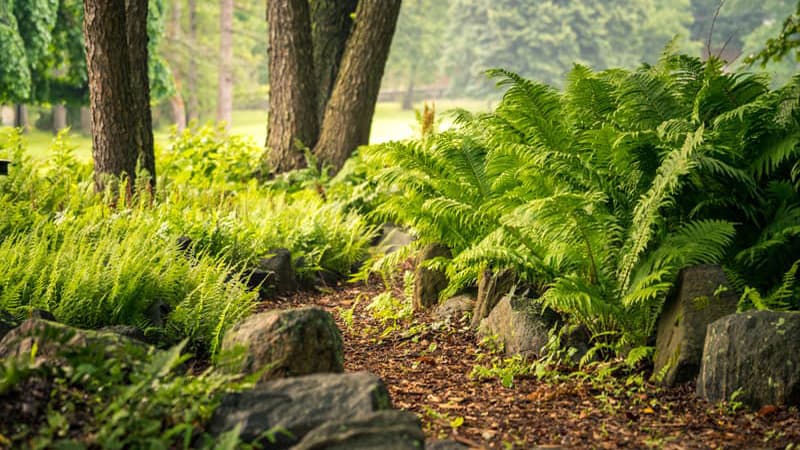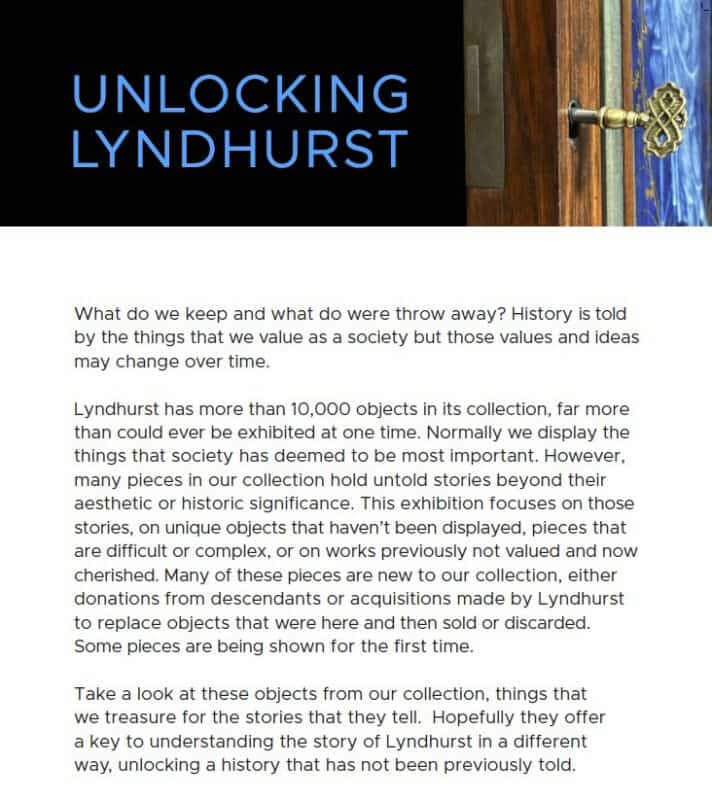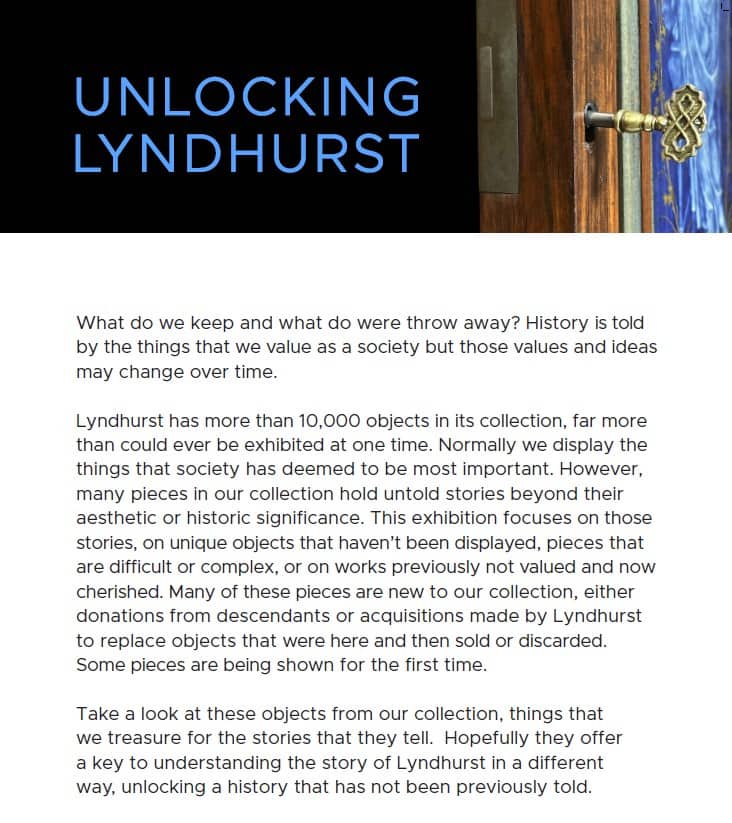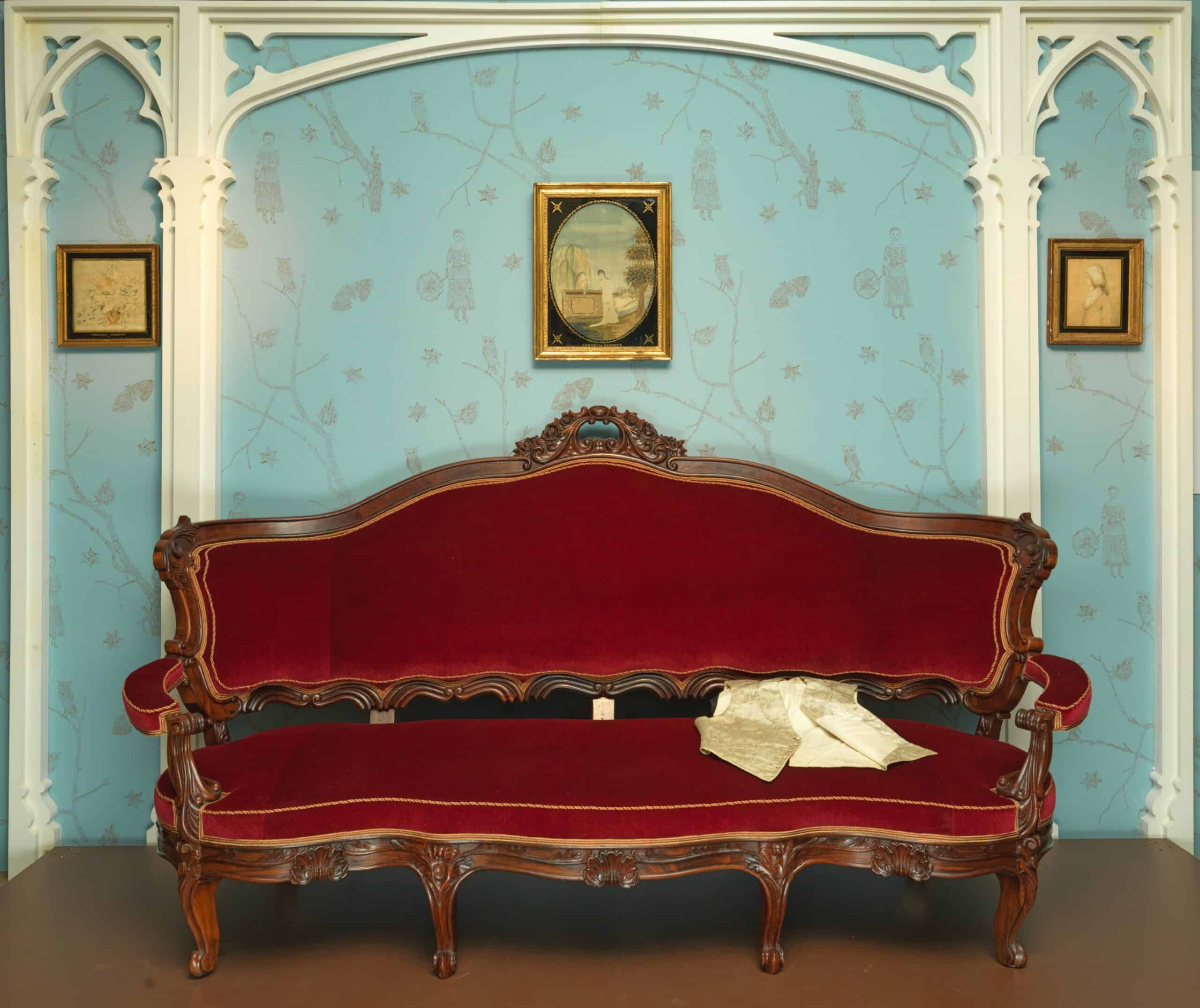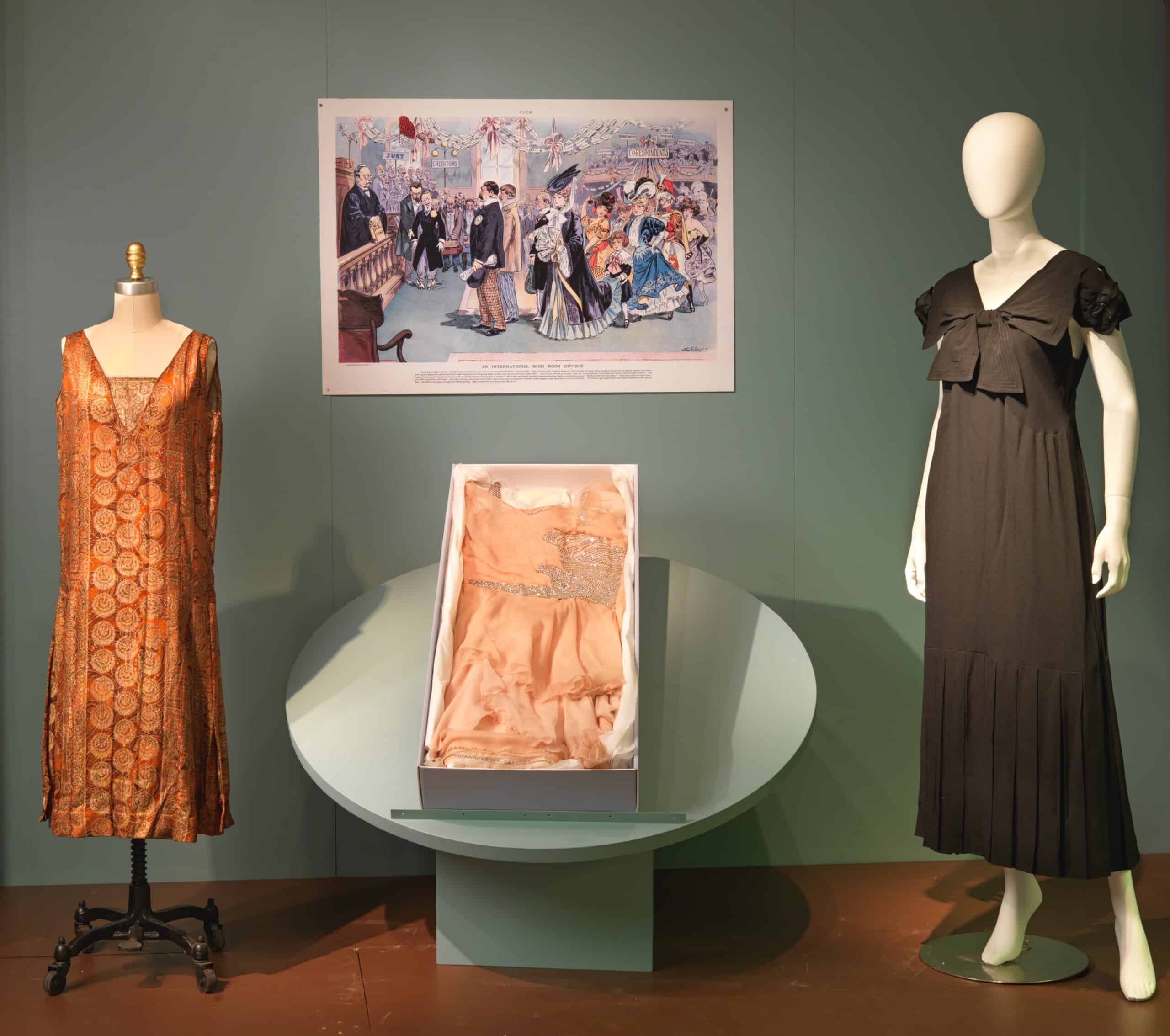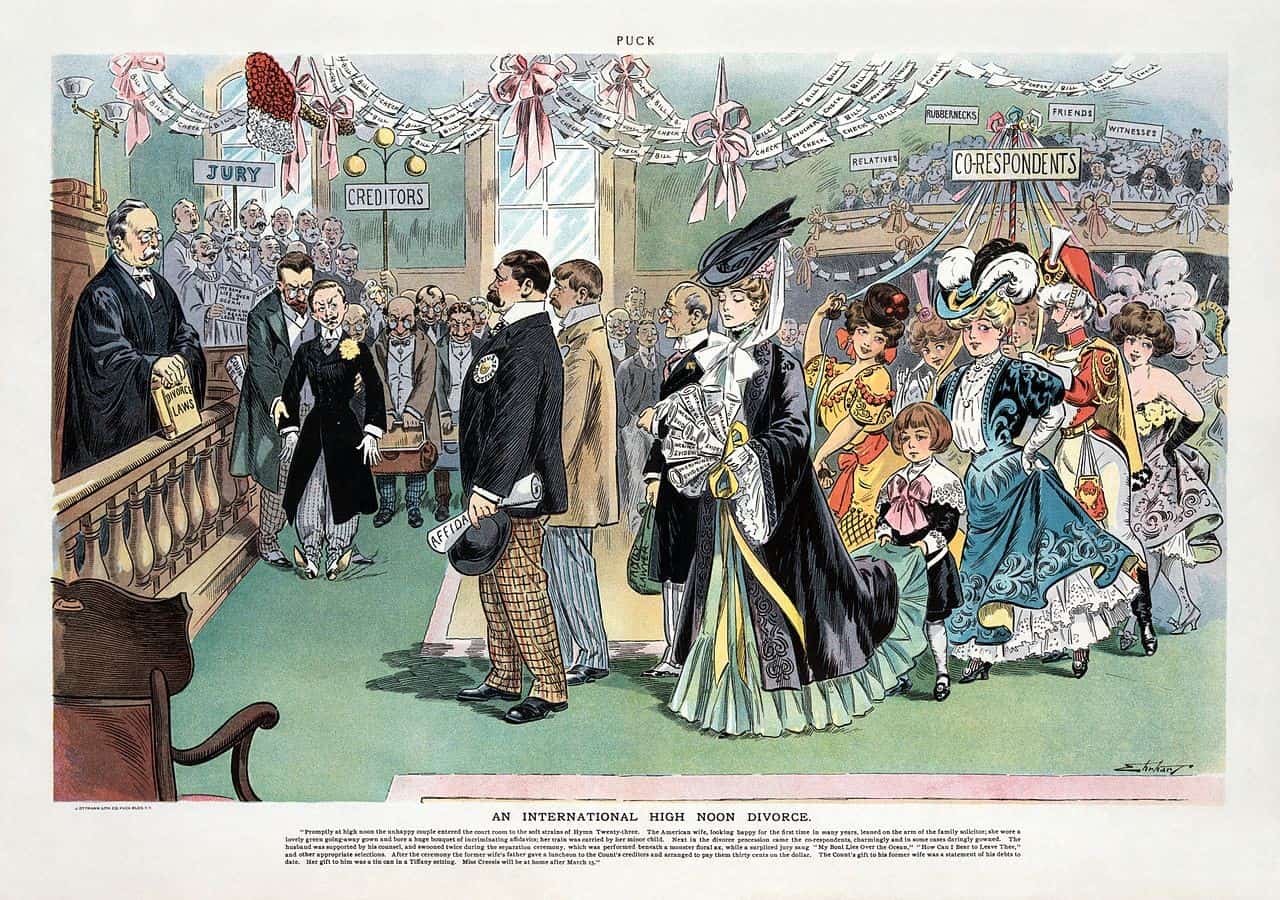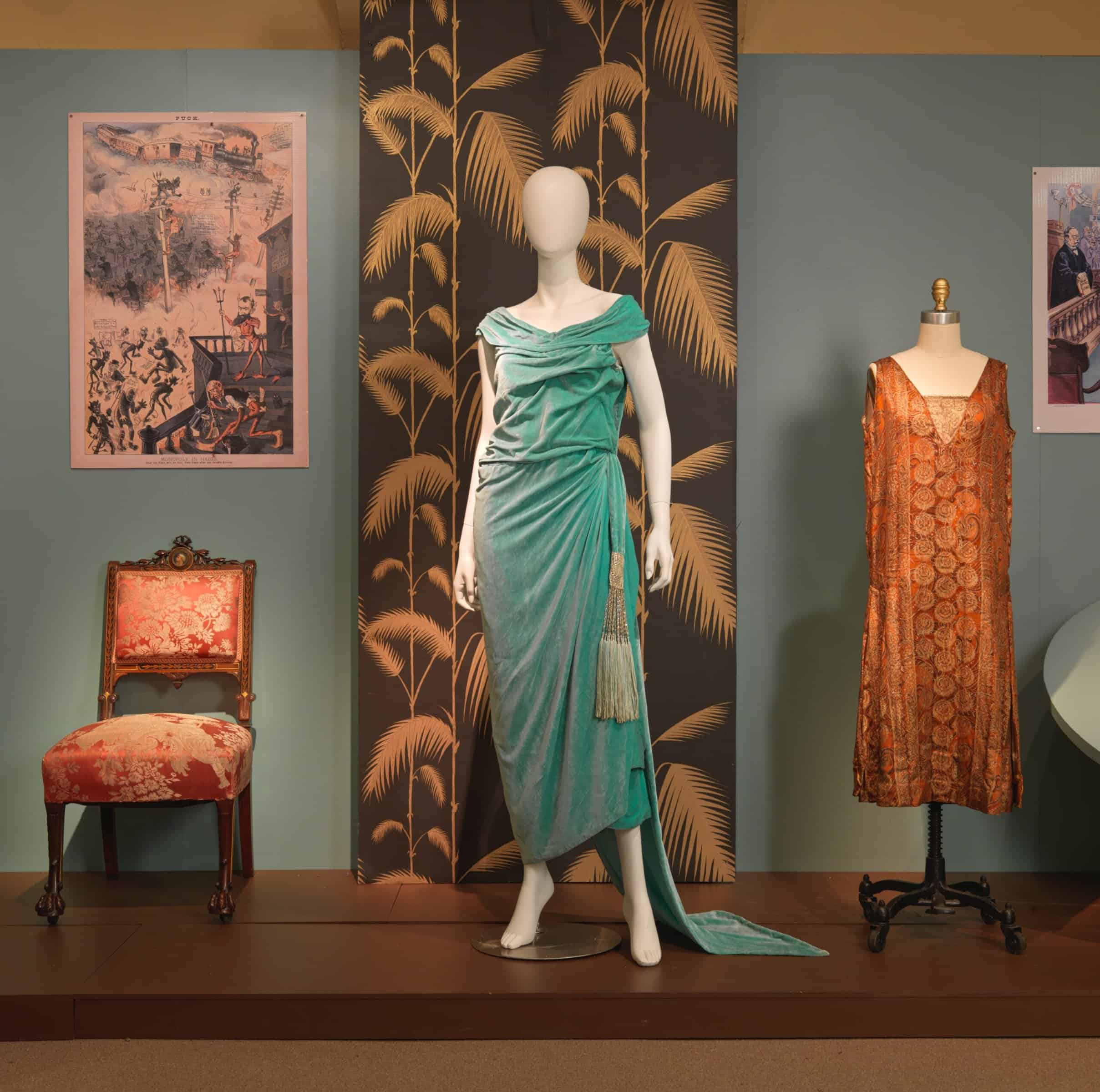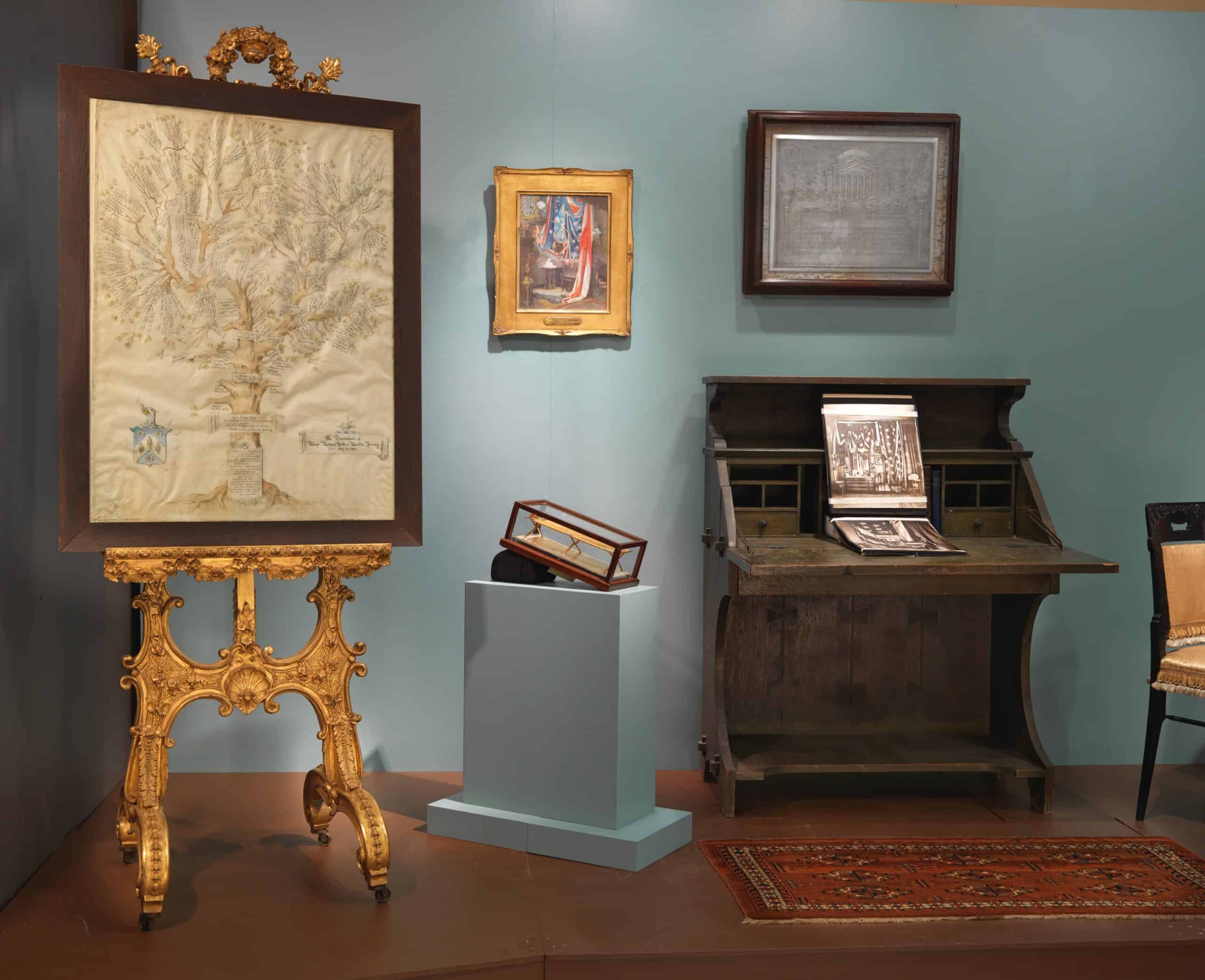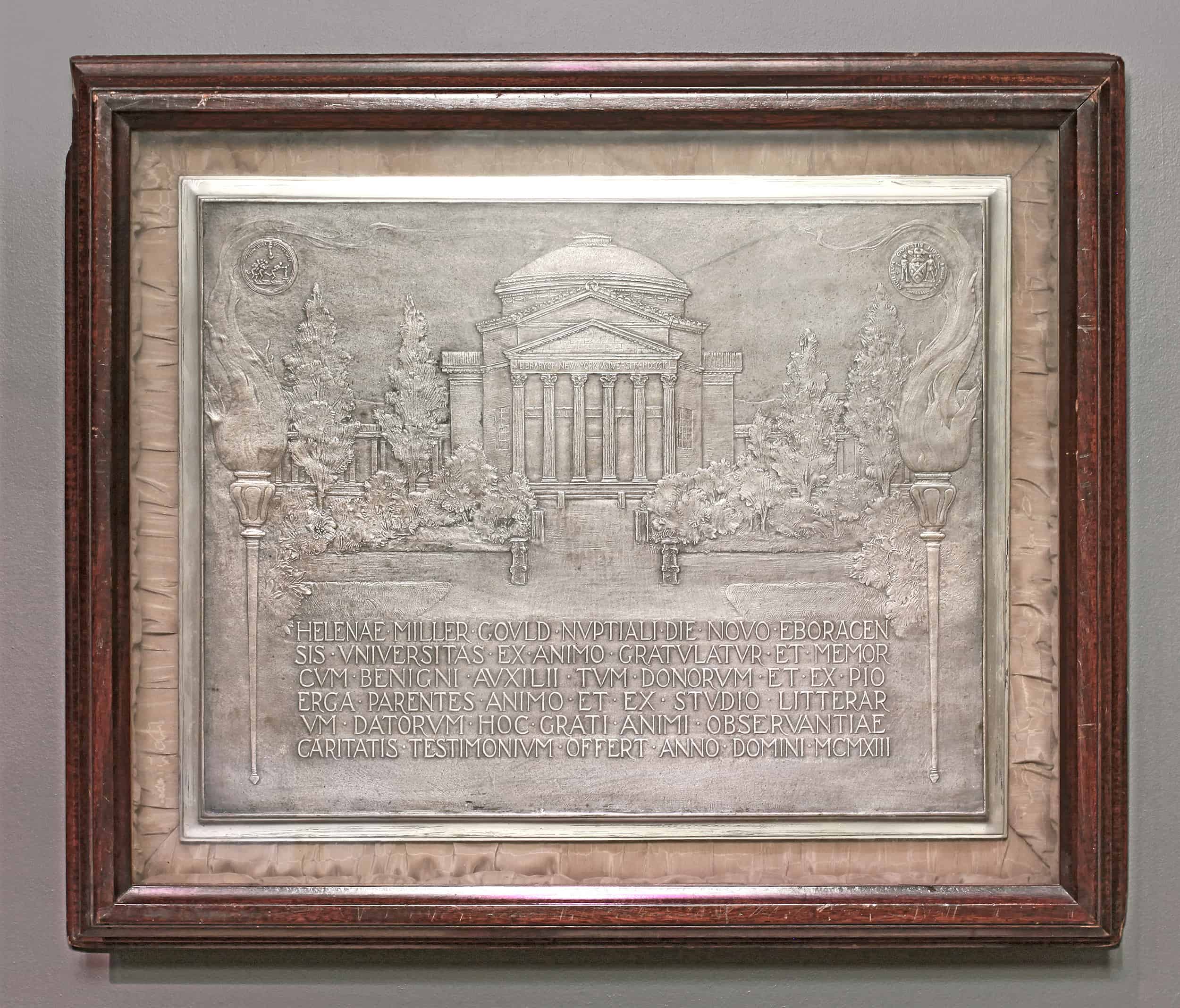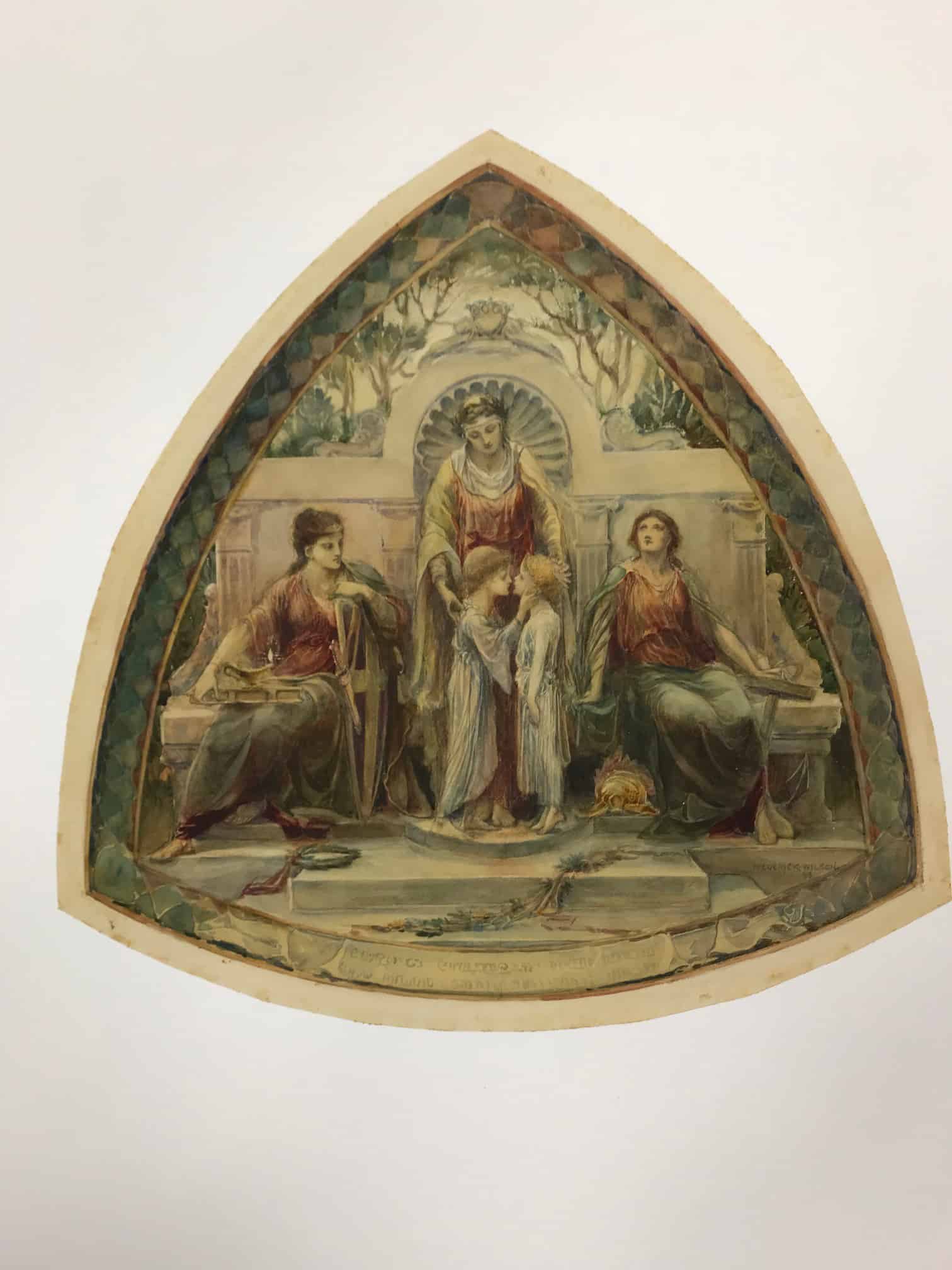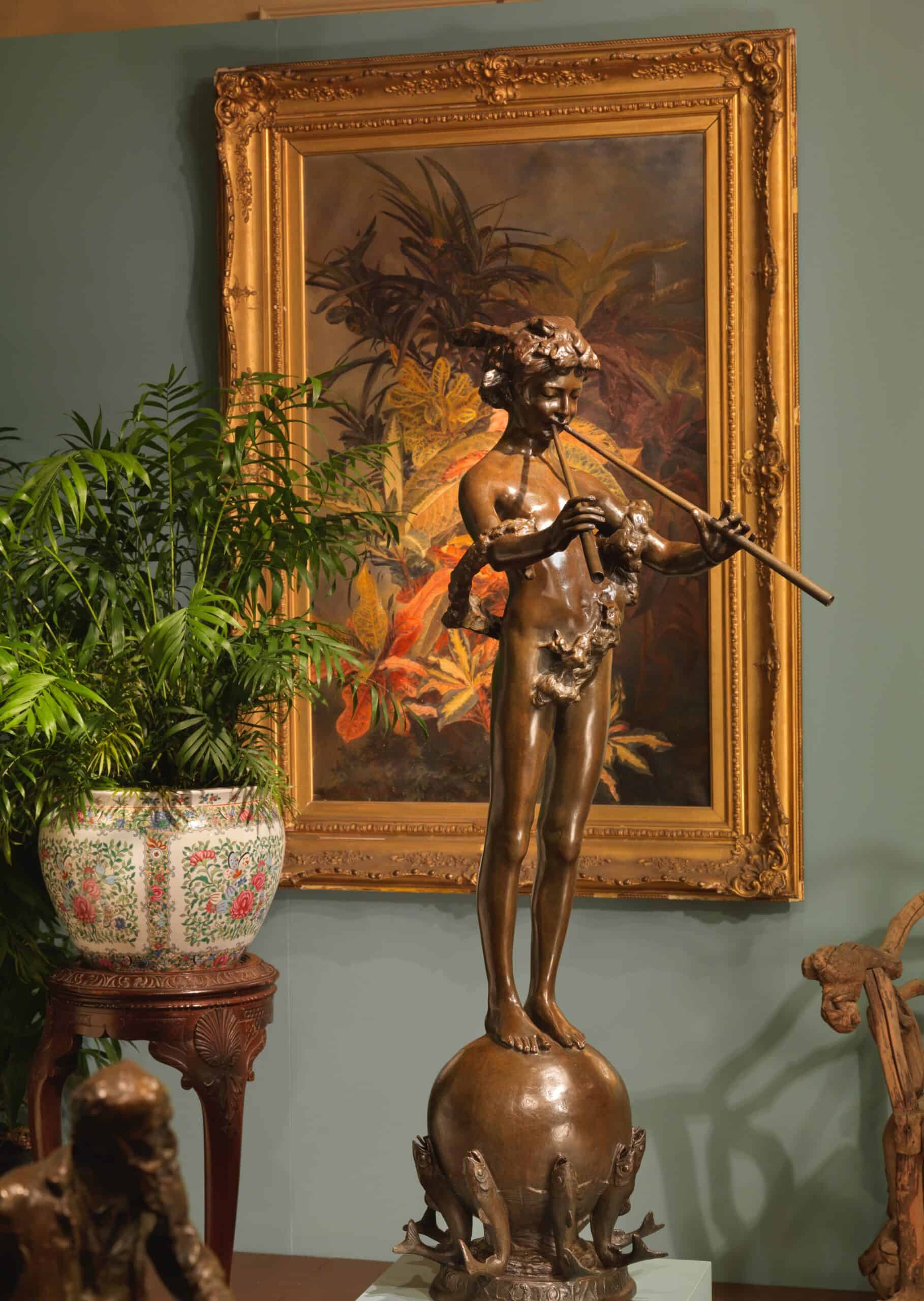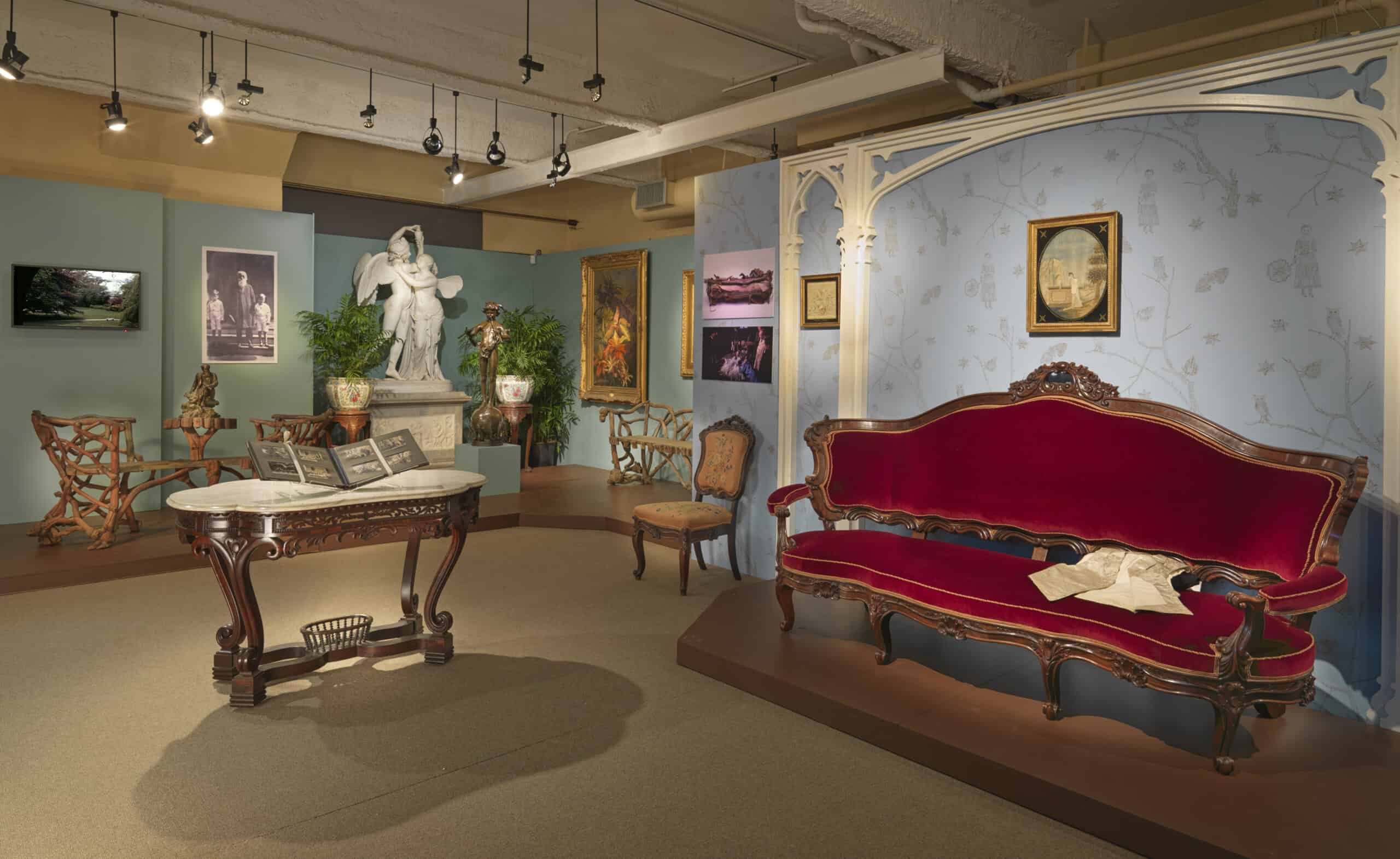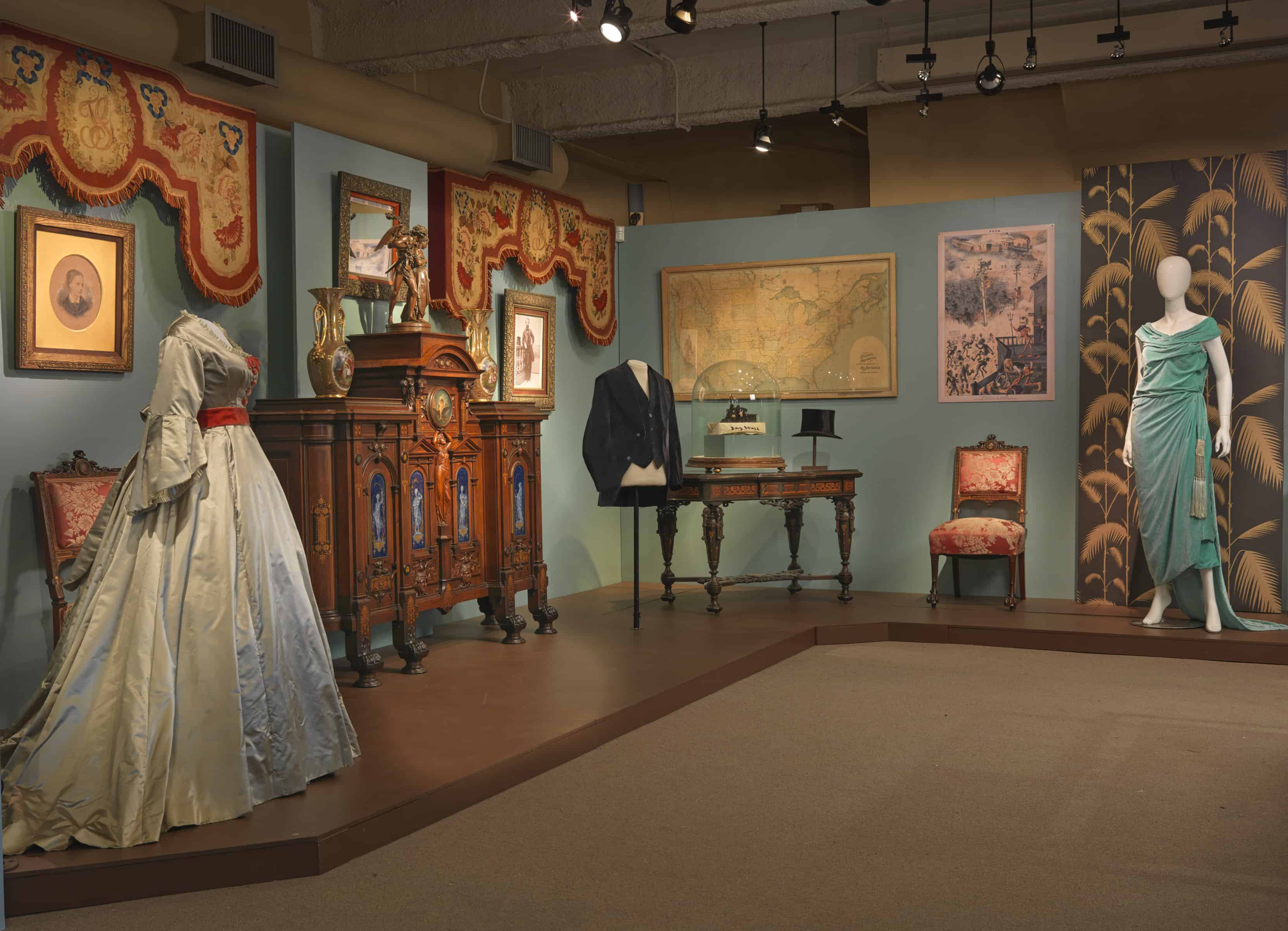Unlocking Lyndhurst Exhibition
The 2023 special exhibition Unlocking Lyndhurst will be on view in our gallery located at the Welcome Center. You can visit Unlocking Lyndhurst between 11 am and 4 pm on days we are open for tours Thursday- Monday in May & June; Thursday – Tuesday, July-October. The exhibition closes on October 15th, 2023.
Entrance to the exhibition gallery is included free with your ticket for any guided tour or grounds admission at Lyndhurst.
¡Las etiquetas en la exposición también están traducidas al español!
Please join us for the Unlocking Lyndhurst Members’ Private Viewing Party on Thursday, June 15th at 6:00 PM in the exhibition gallery. Enjoy refreshments in the courtyard as you hear from the Executive Director and Chief Curator of the exhibition, Howard Zar.
Unlocking Lyndhurst takes a closer look at over 75 works from our collection, many of which have never been on display before. The exhibition focuses on the backstory of these rare works, their untold histories, and the difficult topics they explore. Many of the works have been recently donated by descendants of the Merritt and Gould families who have generously added to our collection and our understanding of Lyndhurst’s history.
Lyndhurst’s Season Presented by:
![]()
